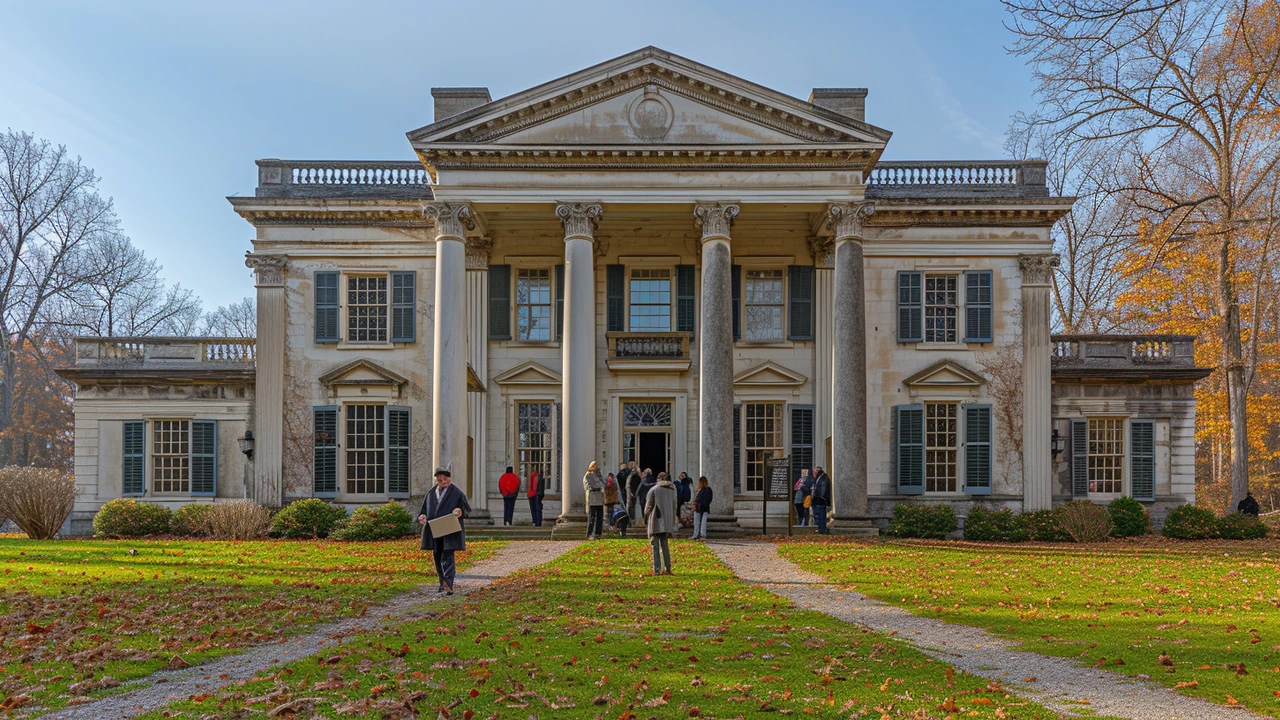Dive into the rich tapestry of Federal Architecture, a style that has shaped America's aesthetic and historical landscape. This article guides you on a verbose journey through the evolution, characteristics, and significant examples of Federal style buildings. Prepare to uncover a world where history echoes through symmetrical designs, classic ornamentation, and a harmonious blend of function and art. Federal Architecture isn't just a form of construction; it's a storytelling medium of America's past.
American History in Architecture: Spot the Stories Behind Buildings
Want to read history with your eyes? Buildings are one of the clearest ways to do that. Walk a few blocks and you’ll see how power, taste, and daily life changed over centuries. This page gathers posts that show American history through architecture—from colonial homes to mid-century modern—and gives you simple tools to notice what matters.
What to look for on the street
First, pick a feature and follow it. Columns, roof shape, windows, and materials tell quick stories. For example, wide clapboard and central chimneys often point to colonial or Georgian roots. Big Greek columns and pediments usually signal Greek Revival. Low, horizontal profiles with open plans? That’s often ranch or mid-century modern. If you want practical reads, check our articles like "Colonial Architecture: The Real Stories Behind the Marvels," "Georgian Architecture: Key Design Features & Lasting Influence," and "American Craftsman: The Quintessential American Home Style."
Pay attention to details that show local choices. In New England you’ll see steep roofs for snow; in the South, wide porches and raised foundations for heat and floods. Beaux-Arts and Greek Revival show civic confidence—think courthouses and train stations—while Craftsman houses show hand-made details and honest materials aimed at everyday life.
Quick preservation and renovation tips
If you own or care for an older house, start with the roof, windows, and drainage. Fixing these keeps the rest safe. Keep original windows if possible—they often add more value than replacement. For style-sensitive updates, match scale and materials: a new porch in the wrong size or a flashy modern door can hurt an otherwise intact historic façade. Our articles on Greek Revival preservation and Beaux-Arts revival offer specific examples and practical steps.
Thinking of photographing or touring? Morning light and pedestrian pace help. Take one block at a time and photograph features, not whole houses—cornices, trim, window types, door surrounds. You’ll start to recognize patterns faster than you expect.
Want a short reading route? Start with colonial and Georgian pieces to understand early settlement patterns. Move to Greek Revival and Beaux-Arts to see how civic life and wealth shaped towns in the 19th century. Finish with American Craftsman, Mid-Century Modern, and Ranch to learn about everyday home life or suburban expansion in the 20th century.
If you’re visiting a city, pick one era to focus on per walk. In Boston and Charleston, watch for colonial layers. In Pasadena and Palm Springs, hunt for Craftsman and mid-century gems. In New York, look up for Beaux-Arts grandness and later high-tech towers.
Use this tag page as a map: click posts that match the style you see, follow practical tips, and build your own walking tour. Architecture tells clear, human stories—once you know what questions to ask, those stories get hard to ignore.

